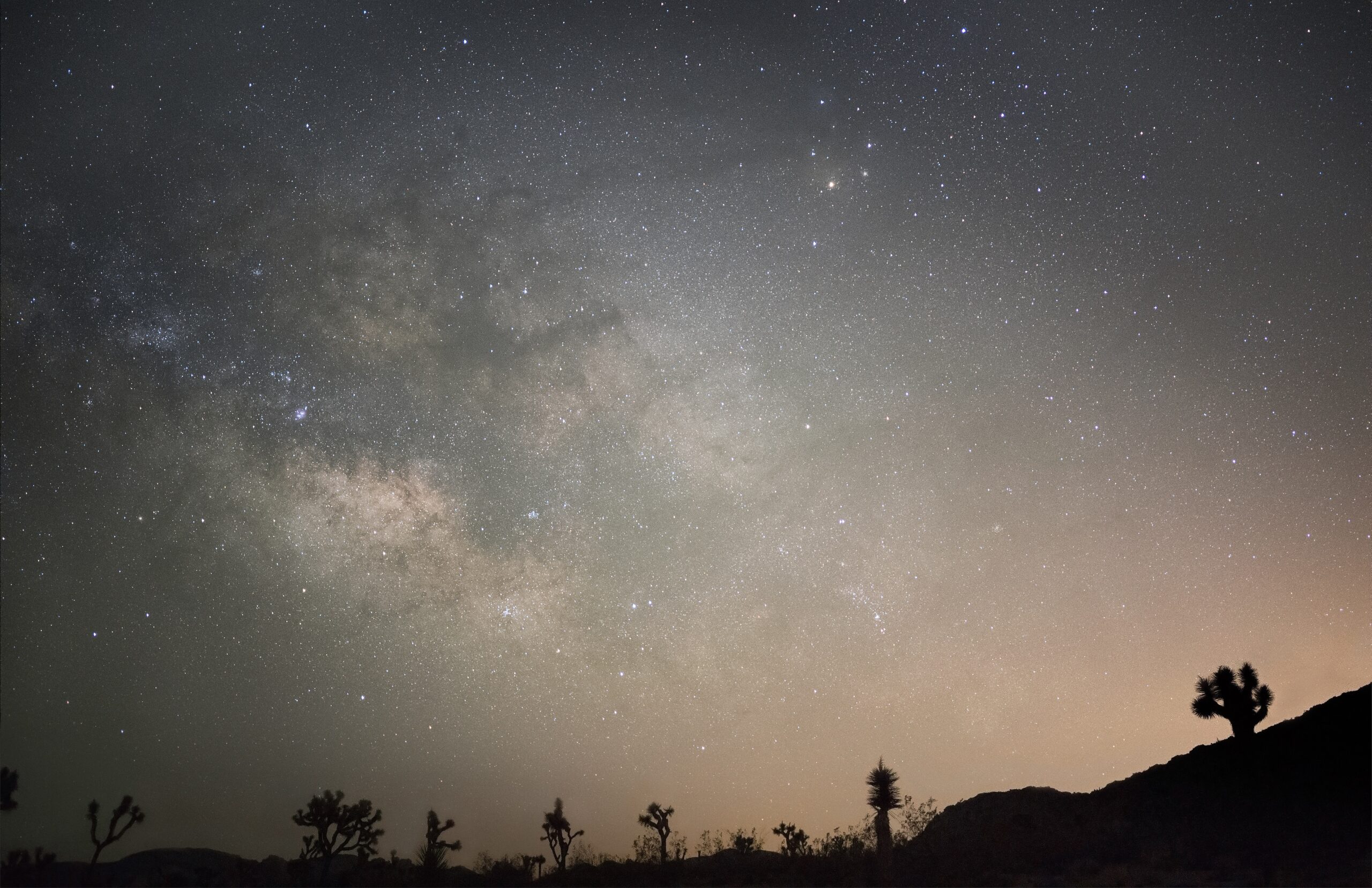This piece originally appeared in The Hill.
Now in week No. 3 of the government shutdown, so much trash has piled up at national parks that legislators are using it as a prop to score political points.
The latest uproar is over the Interior Department’s decision to tap already collected fee revenues to provide basic services to keep some parks open. Democratic legislators immediately promised to investigate the legality of the policy. Jonathan Jarvis, the Obama-era director of the National Park Service, also criticized the approach, noting that fee revenues have “always been interpreted by the Park Service as not available for operations.”
To be clear, it’s one thing to allow park staff the leeway to decide whether to spend their own funds to collect garbage, clean bathrooms, or clear snow from roofs before they collapse. It’s entirely another for bureaucrats in D.C. to force those local managers to keep their gates open and run down accounts they might need later in the year.
But the hand wringing over the idea of spending fee revenues on park operations is absurd. It flies in the face of the way the current fee program was established and the way it’s used at certain parks today, including the most-visited one in the nation. The underlying problem with the fee program is heavy-handed internal controls that agency administrators have imposed on local park staff.
In 1996, the superintendent of Yellowstone National Park closed the popular Norris Campground to reduce costs. Visitor fees generated more than enough to operate the site, but the park wasn’t allowed to keep the revenues — instead, they went into the black hole of the U.S. Treasury. That episode eventually led to legislation that produced the current recreational fee program, which aligns incentives much better. Sites that collect fees now get to retain 80 percent of the revenues.
Nothing in the fee-program legislation, the Federal Lands Recreation Enhancement Act, explicitly prohibits using revenues on operations. And a degree of flexibility under the act is crucial for certain parks, even if higher-ups have tried to constrain it.
According to the park service’s most recent budget justification, in 2016 the agency established an internal policy that obligates parks to dedicate “55 percent of new allocations to deferred maintenance projects.” While overdue maintenance in parks presents a huge challenge, the one-size-fits-all rule undercuts the authority of on-the-ground staff.
“It takes a lot to welcome 11 million people to your space,” Dana Soehn, public affairs officer at Great Smoky Mountains National Park told me during a trip to the park last spring. The Smokies is the most-visited park in the country but, due to a requirement made by the state of Tennessee when it gave its portion of the land used create the park in the 1930s, it has no entrance fee — and consequently no revenues from admissions.
That means the only fees charged in the park are for activities like camping. Prices range from $17.50 to $27 per night across the park’s nine campgrounds. (The nightly backcountry camping fee is $4.) Virtually all revenue from campground fees goes right back into operating the sites. The park has negotiated leeway with the internal directive that 55 percent of fee revenues be spent on deferred maintenance because the campgrounds couldn’t function otherwise.
While Soehn acknowledged that it would be great to use more of fee proceeds on deferred maintenance, the revenues fund cleaning, law enforcement and routine maintenance that are vital for operations. “If you’re able to meet cyclic maintenance needs,” she added, “then you can prolong the life of everything.”
Fee revenues — which amount to roughly $300 million annually — will never fill the national parks maintenance backlog hole that has grown to $12 billion. But if they can fund routine maintenance today, then perhaps they can keep it from growing further.
Fees aren’t appropriate everywhere, and it would be churlish to ask each of the 418 national park sites across the country to be self-sufficient. Likewise, there may be fantastic reasons not to use collected fees during a shutdown. But there could also be reasons a park superintendent wants to address piles of garbage, stopped up bathrooms and other routine maintenance that could snowball into much bigger issues down the line. We need to prevent from spoiling landscapes or straining the already stressed infrastructure. Shouldn’t park management decide that rather than politicians or bureaucrats?
Because each park has its own unique context, superintendents and other local staff should be able to decide how to spend their monies whether during a government shutdown or not. Once the president gets over his border-wall tantrum, policymakers on both sides of the aisle should remember that.




